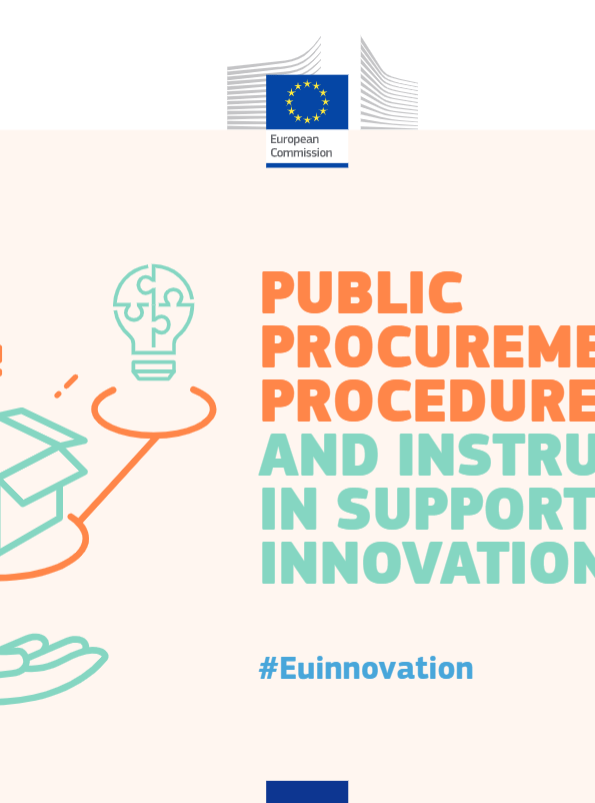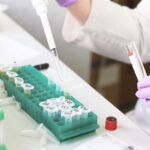The Commission has published the 2022 edition of the European Innovation Scoreboard, which reveals that the EU’s innovation performance has grown by about 10% since 2015. Compared to 2021, innovation performance in 2022 has improved for 19 Member States, and declined for eight. Compared to the EU average, global competitors such as Australia, Canada, Republic of Korea, and the United States continue having a performance advantage over the EU. Nevertheless, the EU has closed its performance gap with these nations and has surpassed Japan since 2021.
Mariya Gabriel, Commissioner for Innovation, Research, Culture, Education and Youth, said: “Europe’s commitment to innovation is shown by its continuous improvement in innovation performance. In support of Europe’s innovation capacity, Horizon Europe promotes excellence and supports top researchers and innovators to drive the systemic changes needed to ensure a green, healthy and resilient Europe. The European Innovation Scoreboard 2022 demonstrates the importance of establishing a pan-European Innovation Ecosystem. The recently adopted New European Innovation Agenda will position Europe at the forefront of the new wave of deep-tech innovations and ensure that innovation reaches all regions of Europe, including rural areas.”
Thierry Breton, Commissioner for Internal Market, said: “Europe’s autonomy and competitiveness will depend on our capacity to become a technological and commercial leader in strategic areas such as space, defence, hydrogen, batteries, chips quantum and high performance computing. Europe’s innovation agenda, our support to start-ups and innovative SMEs, industrial alliances or IPCEIs are already leading to highly innovative projects across Europe. This is how we translate our scientific excellence into technological and industrial leadership, and quality jobs in Europe.”

Eurobarometer results 2022 |
Key Findings
Based on their scores, Members States fall into four performance groups: Innovation leaders (performance is above 125% of the EU average), Strong innovators (between 100% and 125% of the EU average), Moderate innovators (between 70% and 100% of the EU average) and Emerging innovators (below 70% of the EU average). Sweden continues to be the best performer in the EU. Other Innovation Leaders are Belgium, Denmark, the Netherlands and Finland.
Figure 1: Performance of EU Member State’s innovation systems
In comparison to last year’s edition, three countries have changed performance groups. The Netherlands has become an Innovation Leader, Cyprus a Strong Innovator and Estonia a Moderate Innovator.
In particular:
- Germany, Ireland, France, Cyprus, Luxembourg and Austria are Strong innovators, performing above the EU average.
- Czechia, Estonia, Greece, Spain, Italy, Lithuania, Malta, Portugal and Slovenia are Moderate innovators.
- Bulgaria, Croatia, Latvia, Hungary, Poland, Romania and Slovakia are Emerging Innovators.
As in previous versions of the European Innovation Scoreboard, for several indicators provisional data has been used to ensure the utilisation of the most recent information. The composition of the performance groups could be different if final data would have been available for the calculations, especially when a country is very close to the threshold of a performance group.
EU’s innovation divide remains. The performance groups tend to be geographically concentrated, with the Innovation Leaders and most Strong Innovators being located in Northern and Western Europe, and most of the Moderate and Emerging Innovators in Southern and Eastern Europe. As part of the New European Innovation Agenda, adopted in July 2022, the Commission will focus on bridging the innovation divide across the EU and positioning Europe as a leading player on the global innovation landscape.
The report covers the EU Member States and several other countries in Europe and around the world. Compared to the previous years, this year’s edition included three additional countries, namely Albania, Chile and Mexico.
Background
Since 2001, the European Innovation Scoreboard provides a comparative analysis of innovation performance in EU countries, other European countries and regional neighbours. It assesses relative strengths and weaknesses in national innovation performance and helps countries identify areas they need to address.
The European Innovation Scoreboard demonstrates the commitment of the EU and its Member States to innovation, as well as to research that is based on excellence and that it is competitive, open and talent-driven. It also supports the development of policies to enhance innovation in Europe and inform policy makers in the rapidly evolving global context. Moreover, Research and Innovation has been an essential part of the coordinated EU response to the coronavirus crisis, supporting also Europe’s sustainable and inclusive recovery.

Public procurement procedures and instruments in support of innovation |







Leave a Reply